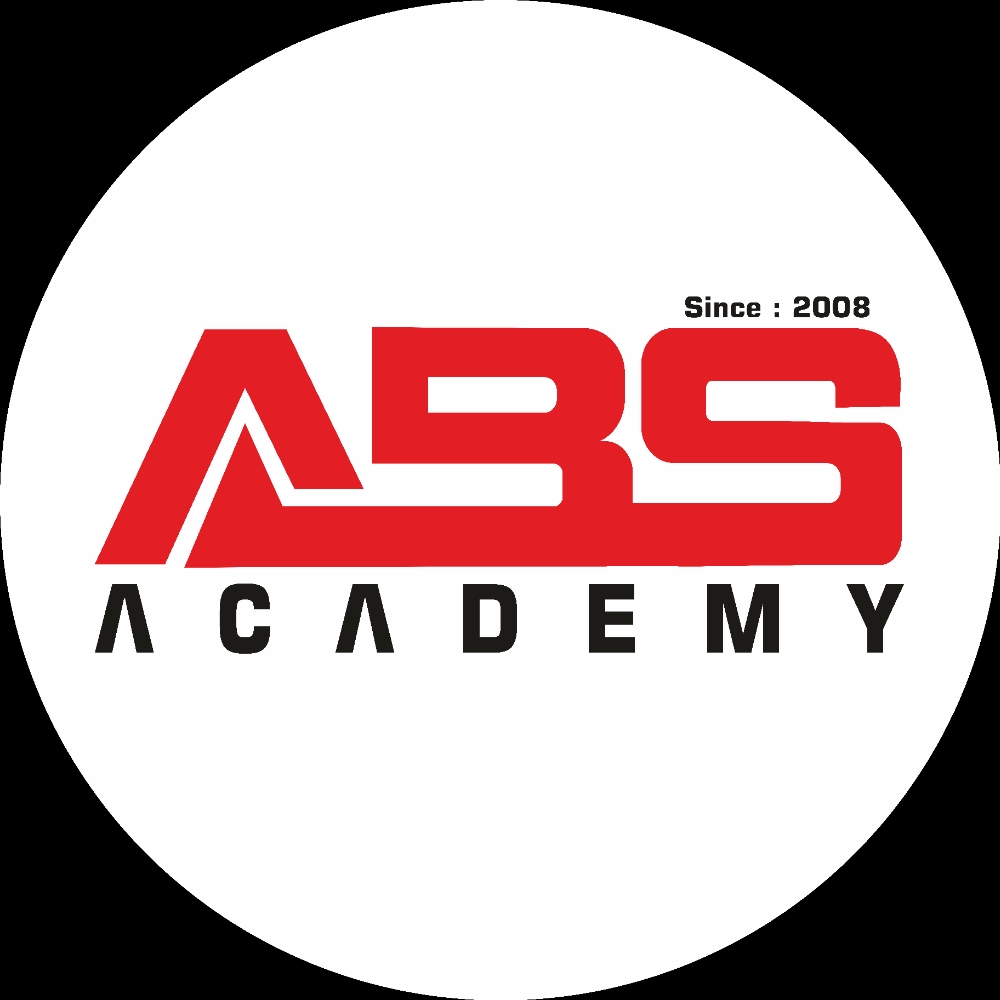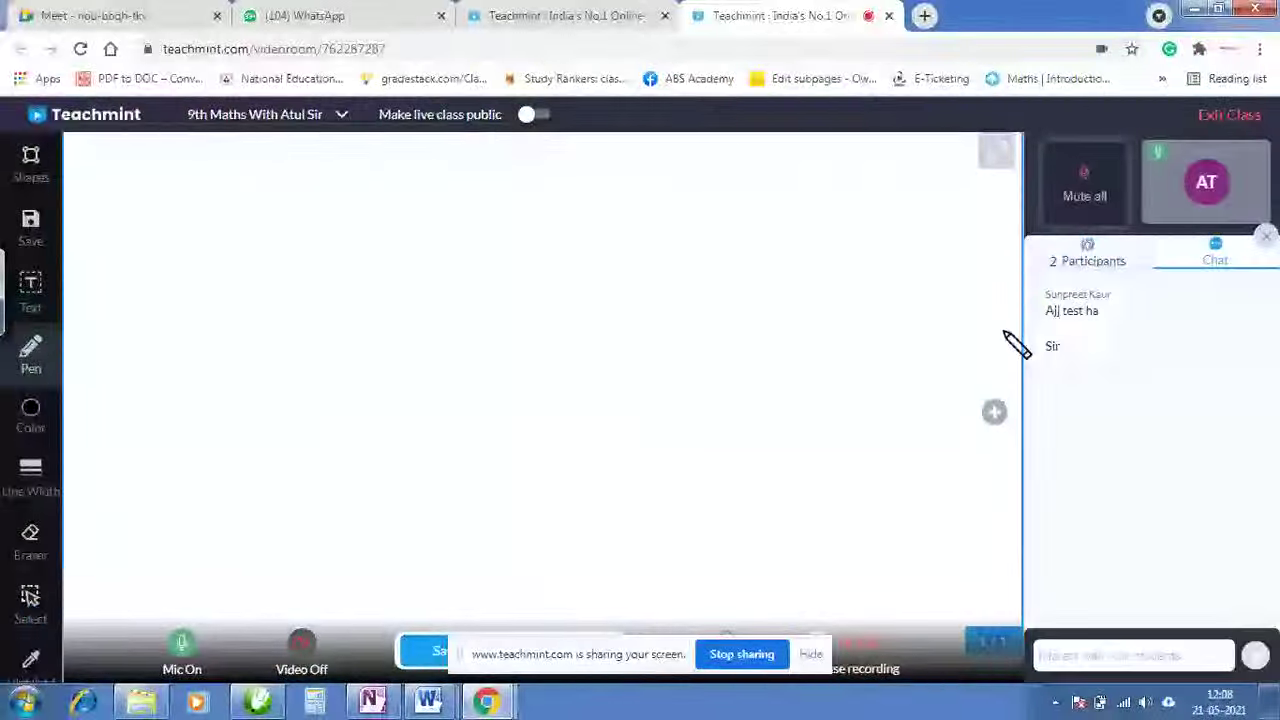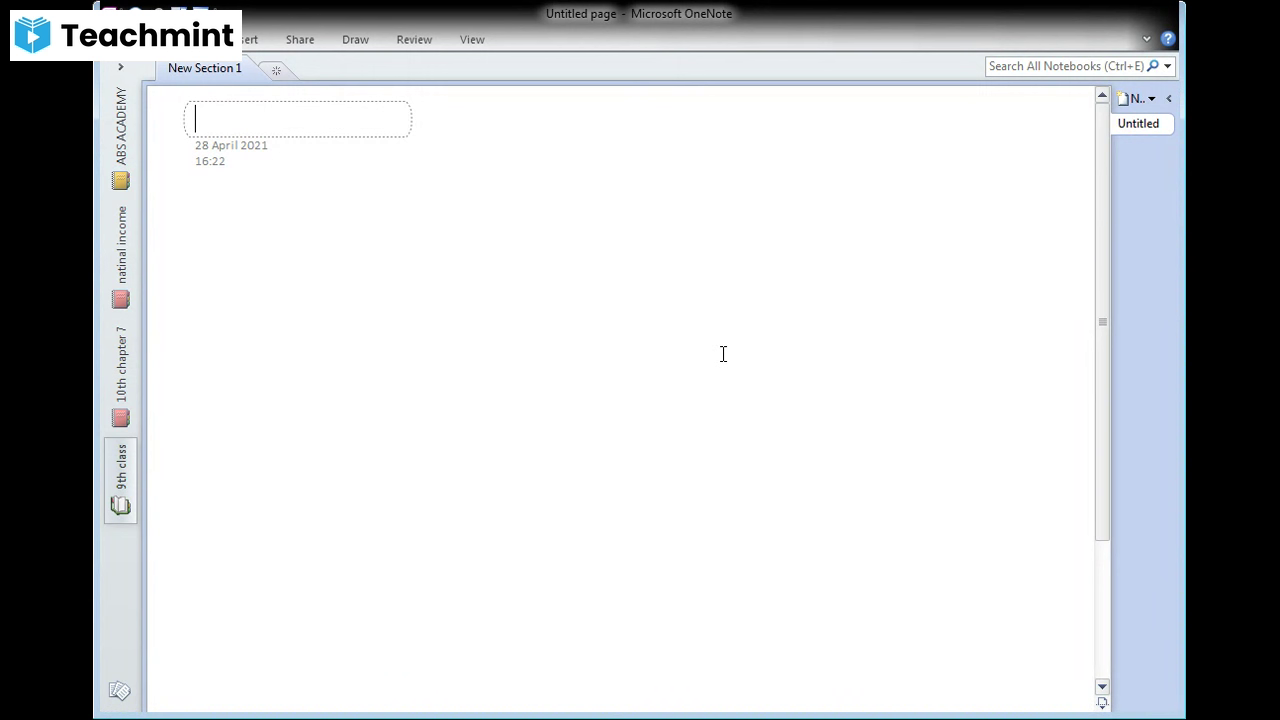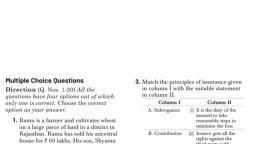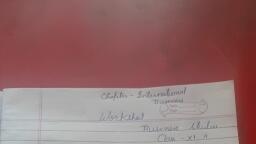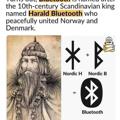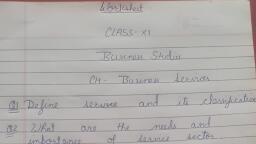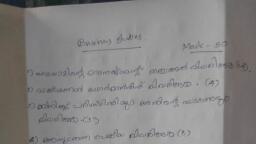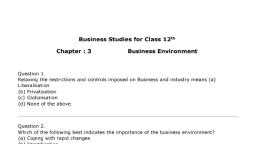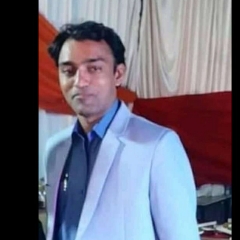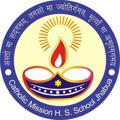Question 3 :
The appointments of intermediaries for a public issue is made by ___________________________.
Question 4 :
Which of the following statements is false about Taylor and Fayol?<br>
Question 6 :
A 'Put' option, in case of debt instruments issued by a company is ______________________________.
Question 11 :
To which of the following categories of Personnel Management is concerned?
Question 12 :
______ is a voluntary collective action to serve a common purpose. Whereas _______ is the orderly synchronization of group efforts so as to provide unity of action in the pursuit of common purpose.
Question 13 :
________, defines "Personnel Management is the planning, organization, directing and controlling of the procurement, development, resources to the end that individual and societal objectives are accomplished".
Question 14 :
Human Resource Management (HRM) is that part of management which is?
Question 15 :
__________________ provides the organization with adequate number of competent and qualified personnel at all levels in the enterprise.
Question 16 :
"Personnel Management is the recruitment, selection, development, utilization, compensation and motivation of human resources by the organization". This definition is given by.
Question 18 :
______ is concerned with both the "orderly" assemblage of human and material resources as well as the process of development of a structure of formally identified and distinguished tasks, roles and relationships that may be attributable to the various members so that they may effectively work as a group.
Question 19 :
Which of the following function of personnel manager can be treated as "Operative function"?
Question 20 :
Which of the following function of management starts issuing orders and instructions to subordinates and ends with getting things done by satisfaction of various need of subordinates?
Question 22 :
Which of the following is not a political factor that impacts external macro-environment?
Question 23 :
Which of the following is not one of the Porters five force factor?
Question 24 :
Which of the following banks introduced the first ATM in India?<br>
Question 25 :
Closure of small scale firms is a positive effect of economic liberalisation.<br/>
Question 26 :
To give people the power to share and make the world more open and connected is ______of Facebook.
Question 27 :
Which type of employee resistance aims at ensuring the complete failure of change initiatives of the organization?
Question 28 :
Which factor has been the most rapidly changing component in an organisation's general environment in the past quarter century?
Question 30 :
An organization has little or no control over its-<br>A.Internal environment<br>B.Inner environment<br>C.External environment
Question 32 :
When employee resistance provokes a well-grounded debate and constructive criticism, leading to improvements in the change process, it is called _________.
Question 33 :
A business has absolute control in the _________(X), whereas it has no control on the___(Y)<br/>Select the correct answer from the options given below.<br/>
Question 34 :
Micro environmental factors can be described as ________ close to a business that have a direct impact on its strategy.
Question 35 :
Select out the one that is not a part of the macro-environment________________.
Question 36 :
Shweta Ltd. has retained earnings of Rs. 72 lakh and equity capital of Rs. 38 lakh. If the equity investors expect a rate of return of $17\%$ and the cost of issuing fresh equity is $6\%$, the cost of external equity is ___________.
Question 37 :
______ is the management and coordination of an organizations's responses to an incident that threatens to harm, or has harmed, that organization's people, structures, ability to operate, valuables and/ or reputation.
Question 38 :
_________ is a method of scientific inquiry into the circumstances necessitating change and the action that may be taken threreon.
Question 39 :
Which of the following is not a way of overcoming resistance to change?
Question 40 :
Three-step Model for successful change in organizations was introduced by __________.
